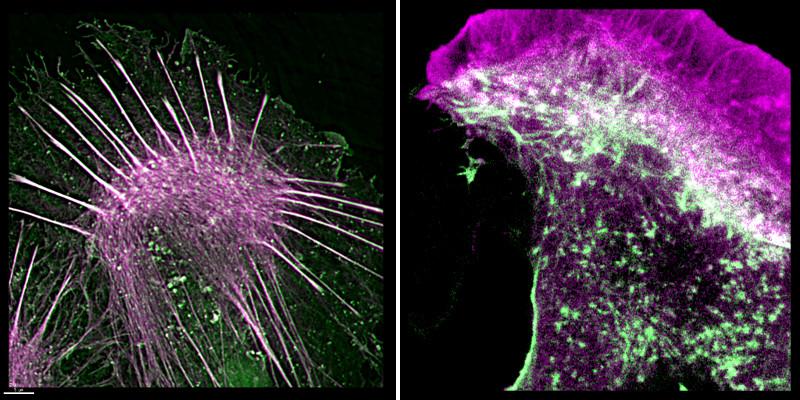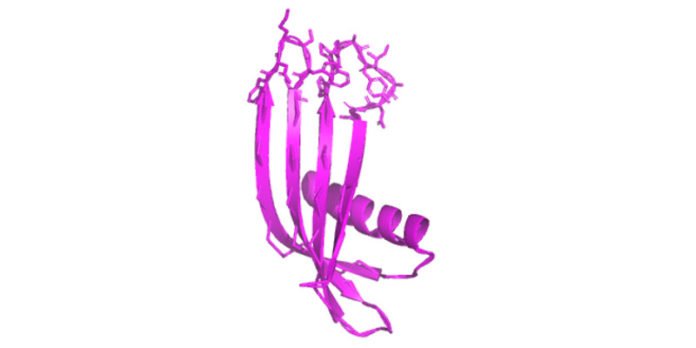Cell movement could give researchers extra insight and tools to tackle cancers and other diseases. Thanks to a new way that enables researchers to observe individual cells and study how they move and operate inside the human body.
For this, Leeds scientists used a lab-made protein called an Affimer and bound it to the F-actin. Here, the F-actin protein plays a vital role within the cell network to shape and move the cells.
Affimers are a man-made alternative to animal-derived antibodies. This has the important extra benefit of reducing the number of animals used in research work.
Scientists isolated Affimers and created a version that recognizes and binds to the F-actin protein, which forms part of a dense ‘wiring system’ of filaments within cells, to give them their structure and assist with their movement and division.

Ruth Hughes, a Research Fellow at the University who co-led led the research, said, “The Affimers carry a biological label which lights up under a microscope to help us see the F-actin with greater accuracy than previously possible with antibodies.”
For a better view, the small size of the Affimers has made it conceivable to tie directly into the thick actin organized in living cells, empowering researchers to watch development inside the phone.
Michelle Peckham, Professor of Cell Biology at the University’s Astbury Centre for Structural Molecular Biology, has been involved in newly-published research explaining the advance. Professor Peckham said: “These Affimers provide a new tool for live cell imaging and reducing the use of animals in research.
“Being able to see the F-actin in motion could enable proteins which bind to the actin and regulate its movement to be studied in greater depth; these interactions have been linked to a wide range of diseases including cancer, neurological disorders, and cardiomyopathies.”
Further study for better development of the Affimers could be beneficial in diagnostic assays, as well as a wide range of research areas, including cancer and heart disease.
Details are published in the Scientific Reports journal.
